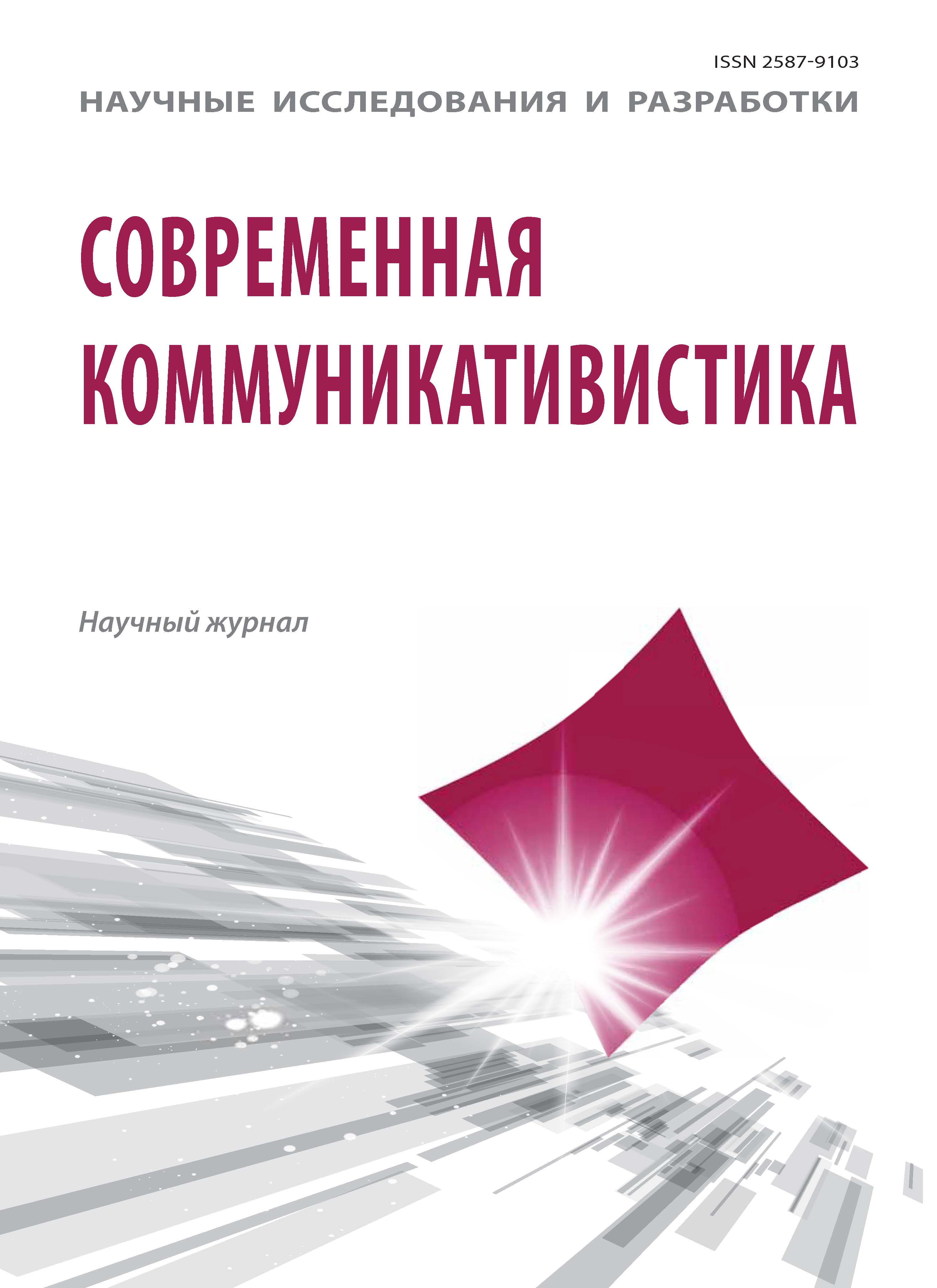from 01.01.2013 to 01.01.2024
Russian Federation
The article raises the issue of formal description of narrative text coherence. Coherence, as one of the essential characteristics of discourse, requires a formal description. The study proposed to solve this problem for narrative texts using situation modelling. It is defined a set of principles allowed to construct the coherent textual group, such as optimality, motivation, stability, declared variability. Based on these principles, it was determined a set of maxims of the narrative text coherence. It is shown that a sufficient condition of coherence of narrative text is inclusion of all expressed situations in one whole, provided that the presented information is consistent. As a proof of the conclusions the analysis of the case is given: a model of situational markup and a procedure of consolidating situations into a single whole. The proposed method can be used to analyze any large narrative texts
narrative, coherence, textuality, situation, situational semantics, formalization
1. Actual problems of Russian Studies / S.M.Kolesnikova [ao.]/ S.M. Kolesnikova (Ed.). Moscow : Urait, 2024. 635p.
2. Glazkov A.V. From Reality to the Text and Back: Essay of Narrative Text Pragmatics [Iz real'nosti v tekst i obratno: Ocherk pragmatiki narrativnogo teksta]. Moscow.: De’Libri, 2018. 426 p. EDN: https://elibrary.ru/WDOCFP
3. Glazkov A.V. Situationality as a basis of text coherence // Vestnik MGOU. Seriya: Filologiya. [[Bulletin of the Moscow Region State University. Series: Russian Philology] 2022. №1. Pp.13-24. DOI: https://doi.org/10.18384/2310-7278-2022-1-13-24; EDN: https://elibrary.ru/PURQWM
4. Glazkov A.V. Semantics: From the Word to the Text. Moscow.: Urait, 2024. 492 p.
5. Cognitive Linguistics / S.M. Kolesnikova, E.V. Altabaeva, A.T. Gryaznova/ S.M. Kolesnikova (Ed.). Moscow: Urait, 2022. 192p. EDN: https://elibrary.ru/JIZMGZ
6. Kolesnikova S.M. Graduality: Links and relations in the Russian language system [Gradual'nost': svyazi i otnosheniya v sisteme russkogo yazyka]. Moscow: FLINTA, 206. 231 p.
7. Komucci L.V. Types and poetics of transmedial storytelling // Vek informacii [Century of Information]. 2018. № 2–2. Pp. 274–275. (In Russian) EDN: https://elibrary.ru/YUQRAU
8. Lebedeva N.B. Polisituational Analysis of Verbal Semantics [Polisituativnyj analiz glagol'noj semantiki]. Moscow: Knizhnyj dom «LIBROKOM», 2010. 192 p. EDN: https://elibrary.ru/RMURSF
9. Moiseeva A.YU. Relational Approach to Meaning and Content in Situation Semantics // Izvestiya Ural'skogo federal'nogo universiteta. Seriya 3. Obshchestvennye nauki. [Izvestia. Ural Federal University Journal. Series 2. Humanities and Arts] Tom 13. №4/182. 2018. Pp.95-110 (In Russian)
10. Plungyan V.A. General Morfology: Introduction to the Problematics [Obshchaya morfologiya: Vvedenie v problematiku]. Moscow: Editorial URSS, 2003. 384 p.
11. Averintseva-Klisch M. Textkohärenz. Heidelberg: Universitätsverlag Winter, 2020. 100 S.
12. Barwise J., Perry J. Situations and Attitudes. Stanford: CSLI Publications, 1999. 376 pp.
13. Devlin K. Situation Theory and Situation Semantics. Handbook of the History of Logic. Vol. 7. Amsterdam: Elselvier, 2006, pp. 601–664.
14. Krause, W.-D. Textsorten – Kommunikationslinguistische und konfrontative Aspekte. Frankfurt a.M.: Peter Lang, 2000. 224 S.
15. Linguistische Textanalyse. Eine Einführung in Grundbegriffe und Methoden / Brinker K., Cölfen H., Pappert S. Berlin: Erich Schmidt Verlag, 2018. 190 S.
16. Labov W., Waletzky J. Narrative Analysis: Oral Versions of Personal Experience. Journal of Narrative and Life History, 1997, Volume 7, issues 1-4. Pp.3-38.
17. Stojnić U. Context and Coherence: The Logic and Grammar of Prominence. Oxford: Oxford University Press, 2021. 219 pp.
18. Pagin P. Linguistic Conventions or Open-Ended Reasoning: Some Questions for Una Stojnić // Croatian Journal of Philosophy. Vol. XXIII, No. 69, 2023. Pp. 261-274. DOI: https://doi.org/10.52685/cjp.23.69.2; EDN: https://elibrary.ru/GTDXBI
19. Wagner E.S. Narrativity, Coherence and Literariness. De Gruyter, 2020. – 638 pp.









